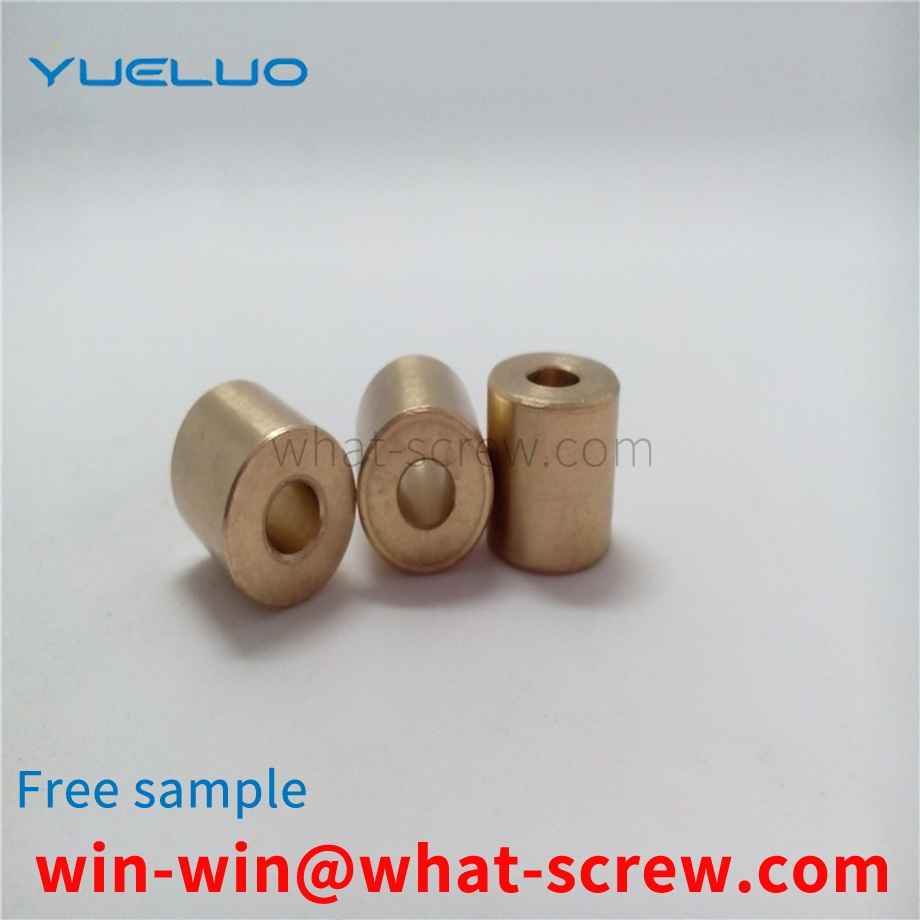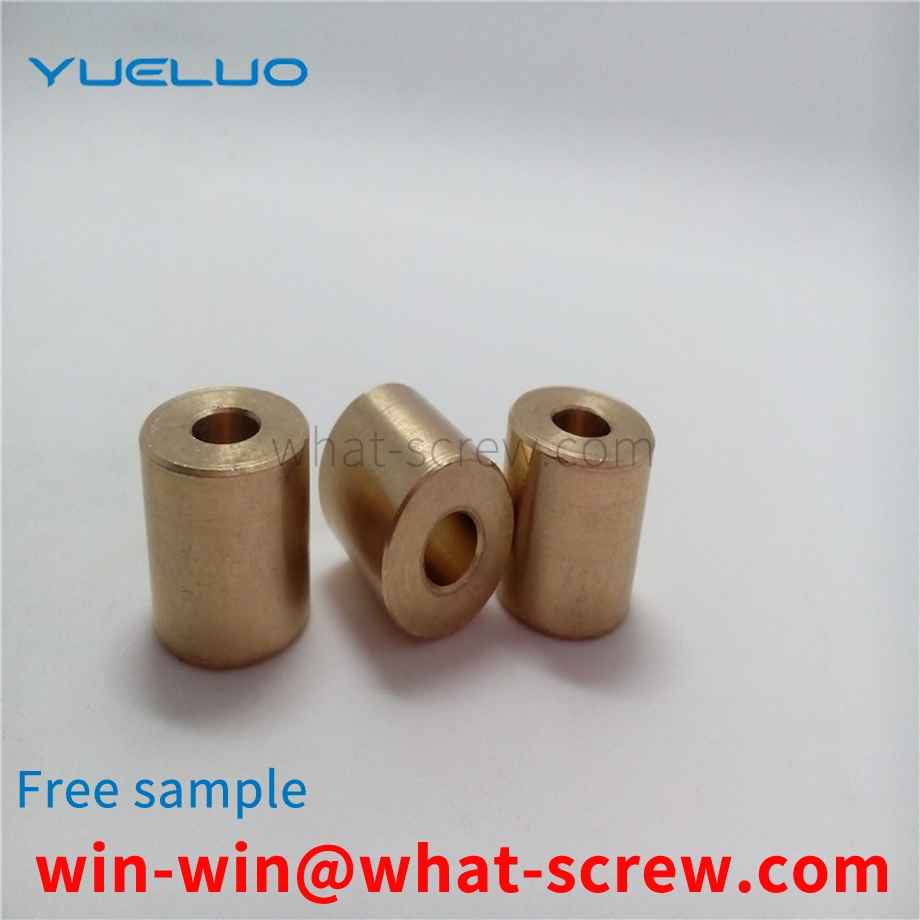In terms of screw standard specification broadcast, there are two versions of the national standard, one is GB70-76, the 76 version, and the other is GB70-8585 version. Our company is now implementing the DIN912 standard, so it should be paid attention to in actual business operations. Difference: GB70-85 and DIN912 completely overlap, so there is no difference in the use of the new standard, mainly because there is a difference between GB70-76 and DIN912: M8 series hexagon products, GB70-76 round head diameter It is 12.5MM, which is smaller than 13.27MM of DIN912. For M10 series inner hexagon products, the round head diameter of GB70-76 is 15MM, which is smaller than 16.27 of DIN912. The inner hexagon of M12 series, the round head of GB70-76 The diameter is 18MM, which is smaller than the opposite side of DIN912, which is 18.27. In addition, the round head diameter of the inner hexagon GB70-76 of M16 and M20 series is 0.33MM smaller than that of DIN912, which are 24MM and 30MM respectively. DIN912 is 24.33MM and 30.33MM respectively. In addition, the width of the inner hexagon between the old standard and the German standard is different due to different standards. The inner side of GB70-76 is smaller, and it should be paid attention to in business operations. In addition, there are also some differences in the carriage screws that may be used at ordinary times. I will also make an explanation here. In the national standard, there are two standards for carriage screws, namely GB12 (small semicircular head square neck screw) and GB14 (large semicircular head square neck screw) Neck screws), and the German standard DIN603 is usually more commonly used in the market. Now to distinguish these three: for the round head and neck, when comparing the same specifications: GB12
Basic requirements for the installation of T-bolt sleeve components: only when the T-head and the middle slot of the anchoring plate are in good agreement and the anchoring surfaces are in close contact, can the force be evenly applied. If the T-head and the anchoring plate are in line contact, even only point contact , the bolt is partially stressed, which will seriously affect the life. Therefore, the verticality of the sleeve installation must be less than or equal to 1/1000, that is, the horizontality of the anchoring plate surface must be less than or equal to 1/1000, and the center deviation of the sleeve must be controlled within 5mm (the center deviation of the T-bolt is 2mm). Therefore, improving the embedded accuracy of the T-bolt sleeve is the key to the installation of the T-bolt integral sleeve.
At present, there are two methods for removing rivets in the market, one is non-destructive manual removal, which has low work efficiency and high work intensity. The other is mechanical destructive dismantling, such as the electric drill dismantling method. This method has high work efficiency, but it is easy to cause damage to the riveted product, and it is easy to cause the rivet to splash, and the operation is dangerous.
Commonly used standards are broadcast. For hexagonal nuts, the commonly used standards are: GB52, GB6170, GB6172 and DIN934. The main differences between them are: the thickness of GB6170 is thicker than that of GB52, GB6172 and DIN934, commonly known as thick screw cap. The other is the difference between the opposite sides, the opposite sides of DIN934, GB6170 and GB6172 in the M8 nut series are 13MM smaller than the opposite side 14MM of GB52, and the opposite sides of M10 nuts, DIN934 and GB52 are 17MM. The opposite side of GB6170 and GB6172 should be 1MM larger, M12 nut, DIN934, GB52's opposite side is 19MM larger than GB6170 and GB6172's opposite side 18MM is 1MM larger. For M14 nuts, the opposite side of DIN934 and GB52 is 22MM, which is 1MM larger than the opposite side of GB6170 and GB6172, which is 21MM. The other is the M22 nut. The opposite side of DIN934 and GB52 is 32MM, which is 2MM smaller than the opposite side of GB6170 and GB6172, which is 34MM. (Besides the thickness of GB6170 and GB6172 are the same, the width of the opposite side is exactly the same) The rest of the specifications can be used in general without considering the thickness.
The shear strength of a metal material refers to the ability of the material to withstand shearing force, which refers to the strength of the external force perpendicular to the material axis and shearing the material. The test is usually to install the cylindrical pin into the specified fixture, and the gap between the supporting part and the loading part is required to be no more than 0.15mm, and then force is applied to test the shear strength of the material.
We have many years of experience in the production and sales of screws, nuts, flat washers, etc. The main products are: 8.8 grade GB56 hexagon thickened nuts, countersunk head hexagon socket furniture nuts, hexagon socket fine pitch screws, anti-loosening screws with pads and other products, we can Provide you with the right fastener solution for you.



















 Service Hotline
Service Hotline




